

JST-JICA SATREPS
熱帯荒廃草原の植生回復によるバイオマスエネルギーとマテリアル生産
Production of Biomass Energy and Material through Revegetation of Deteriorated Grass Fields
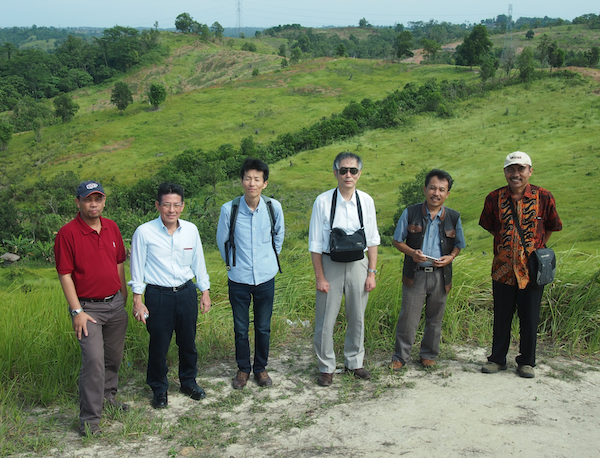
SATREPS
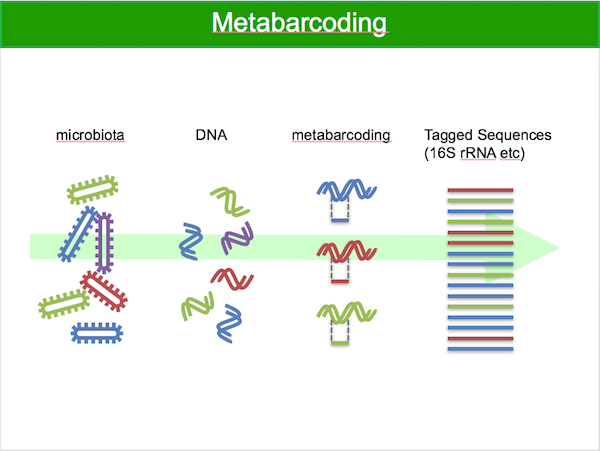
Development of methods of fertilizer application for biomass plants
We need to provide plants with fertilizers to support their vigorous growth, but it is not always easy to know what kind and amount of fertilizers are necessary and sufficient. The objective of this part is to develop the way to access the needs for or effects of fertilizer application through analyzing the soil microbiome, thereby establishing the appropriate method of fertilizer application for biomass plants.
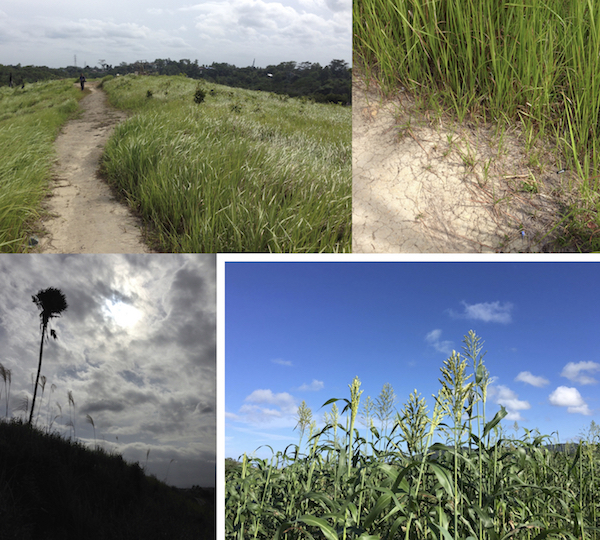
Development of protocols for revegetation of degraded grasslands
We are going to carry out field trials to cultivate large-sized biomass grass plants in currently abandoned degraded grasslands in Central Kalimantan. We will try evaluating the technology in intercropping system in which the biomass plants are grown in addition to other crop species, as potentially more practical and acceptable way for local society.
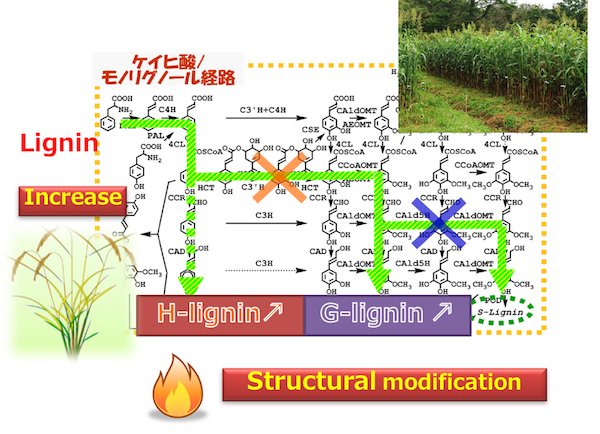
Development of grass biomass plants with higher-heating value
We aim to produce large-sized Poaceae (grass plants) which are suitable to convert alang-alang grasslands into biomass crop farmlands, with high lignin contents and high heating value lignin by using metabolic engineering. Simultaneously, sorghum lines having markedly high lignin contents are being selected from inbred line library.
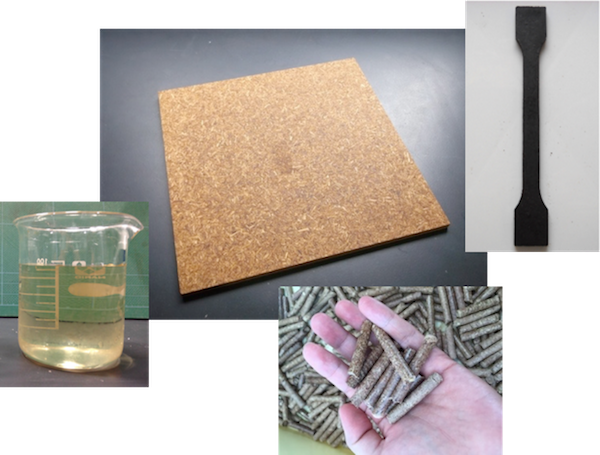
Development of environmentally friendly wood-based materials using grass plants
The objective of this part is to develop environmentally friendly wood-based materials using grass plants such as Sorghum bagasse and a natural adhesive such as citric acid. In addition, bio-pellet and bio-fuel from Sorghum are also developed. The manufacture condition is investigated, and the practical application is attempted.